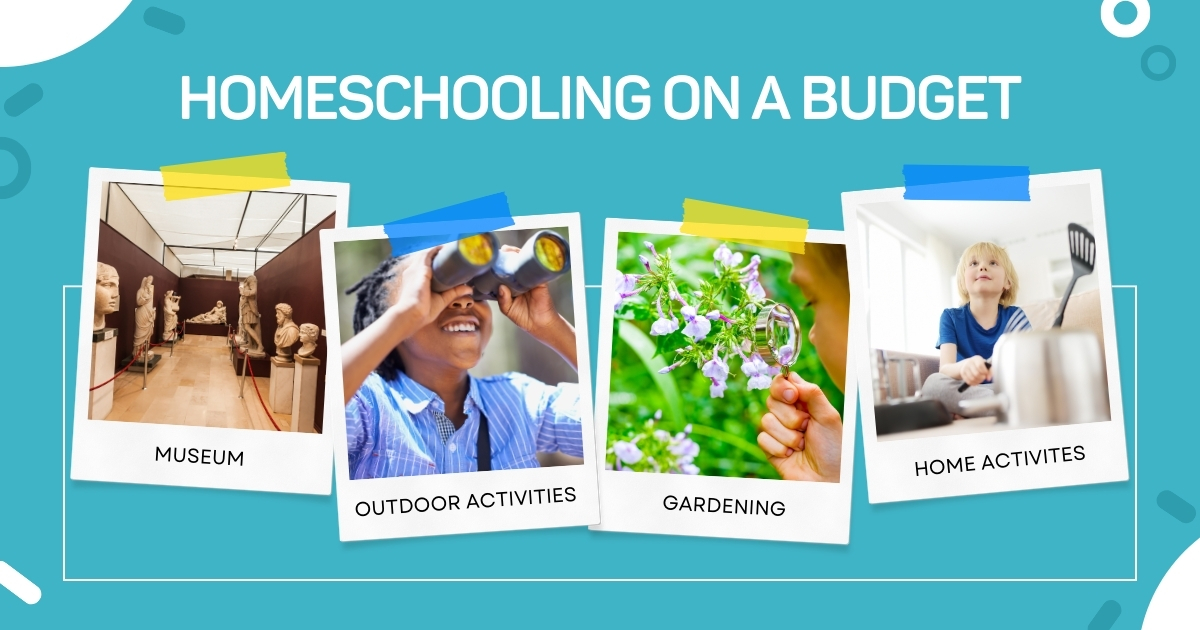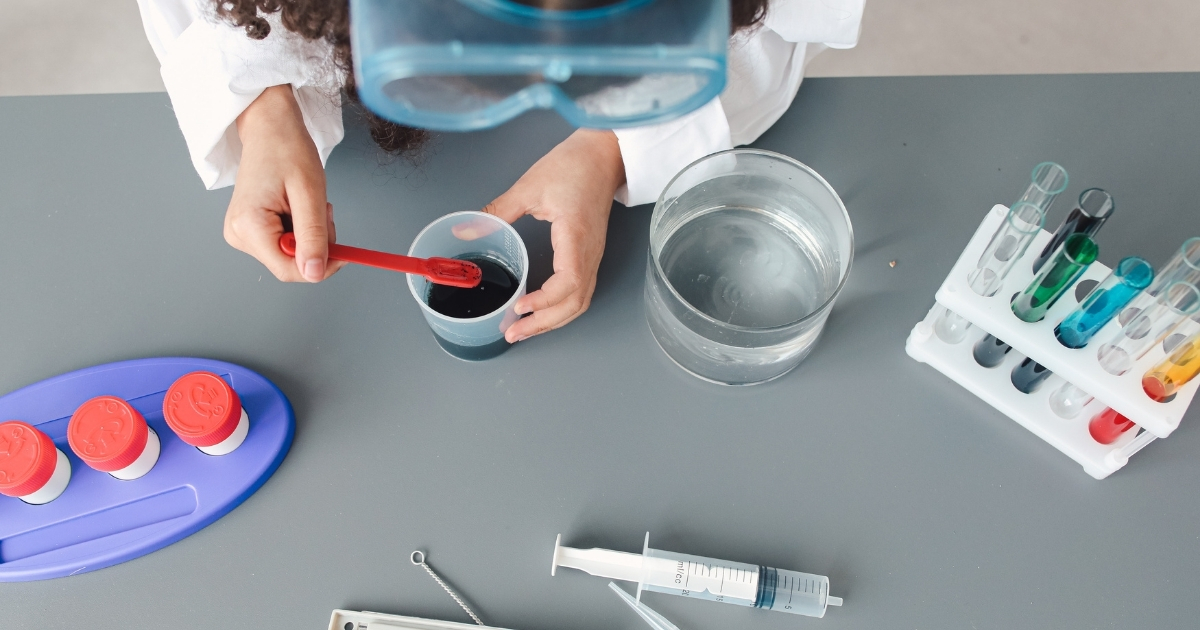Homeschooling is an increasingly popular alternative to traditional education, offering flexibility and personalized learning experiences. For parents of children with ADHD, homeschooling can be particularly beneficial, allowing for tailored teaching strategies that accommodate the unique needs of their children. In this blog post, we will explore effective ADHD homeschooling strategies and provide practical tips for […]










